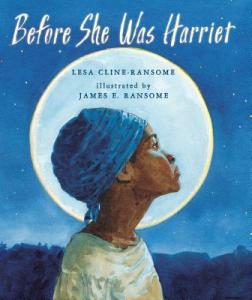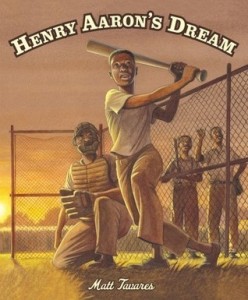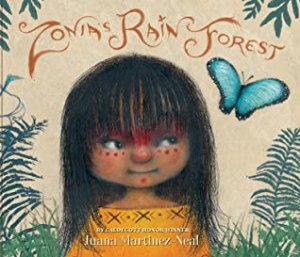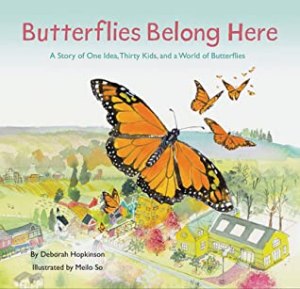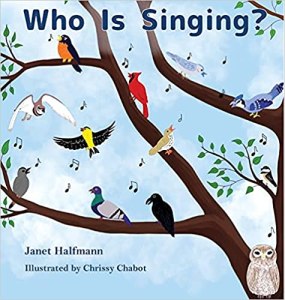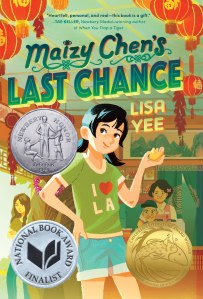 Maizy Chen’s Last Chance by Lisa Yee. Random House Children’s Books, New York, NY, 2022. Middle Grade.
Maizy Chen’s Last Chance by Lisa Yee. Random House Children’s Books, New York, NY, 2022. Middle Grade.
Maizy is spending the summer in Last Chance, Minnesota, because her grandpa is ill. She and her mom live in Los Angeles, and Maizy had other plans. Last Chance is a major culture shock. To make things worse, she accidentally dropped her cell phone down a well her first day there.
Maizy’s grandparents own the Golden Dragon, a Chinese restaurant in town. Her Grandpa and Grandma work there 24/7. When Maizy’s mom takes Grandpa to the doctor, she comes home and tells Maizy he is sicker than she thought. From now on, he is not to work at the restaurant, so Maizy and her mom are going to help out for the summer. When Maizy is asked to keep Grandpa company at home, she discovers that spending time with him and hearing his stories about the Chinese “paper boys” is the best part of her day. His stories keep her on the edge of her seat.
Maizy’s father is not in the picture, but will an interesting man, the local high school principal, catch mom’s eye? When she finds her mom’s yearbook in the local library, she discovers that they were once a couple. She also sees her mom’s quote from senior year: “Goodbye, Last Chance, Hello, World.” Is it because Mom left Lance Chance right after high school that she and Grandma don’t get along?
This novel has a lot in common with Hour of the Bees, by Lindsay Eager. Like Carol in Bees, Maizy has a grandpa who tells important stories, and, like Carol’s dad and grandpa, Maizy’s mom and grandma do not get along.
There are so many mysteries to solve: Why is Grandma so mad at Mom? Is Grandpa going to die? Why is he fighting with his best friend? Meanwhile, someone has stolen Bud the Bear, a statue that has stood outside the Golden Dragon for decades. Shortly after it is returned, racist graffiti is sprayed all over it. Who are the vandals? Will Mom marry the principal?
When she’s not trying to figure out the answers to all her questions, Maizy waits anxiously for Grandpa’s next installment about the first Chinese immigrants who came to Last Chance.
My 11-year-old granddaughter wouldn’t leave me alone until I read this novel. She loved it that much. Maizy Chen’s Last Chance is a novel that I probably read too fast and will have to re-read, because I couldn’t put it down and had to know what was going to happen next. It’s a fun read, but so much more than that. Its discussion of racism, both past, through Grandpa’s stories, and the present time is particularly timely.
Maizy Chen’s Last Chance is a Newbery Honor book, a finalist for the National Book Award and the 2022-2023 Asian Pacific Librarians Association Award winner for a Children’s middle grade novel.


 The Last Mapmaker by Christina Soontornvat. Candlewick Press, MA, 2022.
The Last Mapmaker by Christina Soontornvat. Candlewick Press, MA, 2022.



